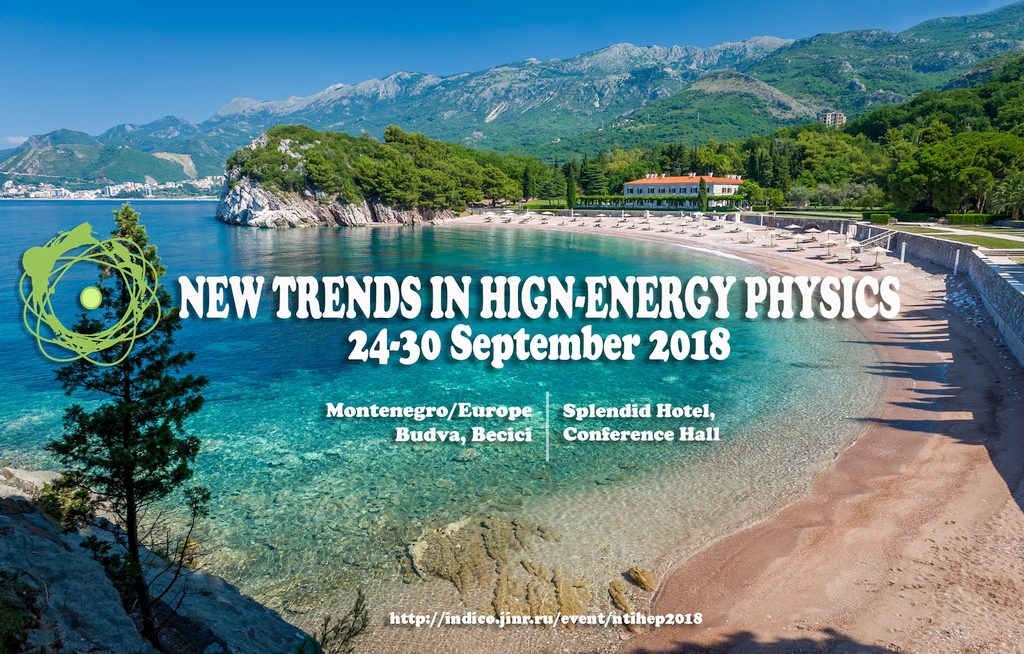Speaker
Mr
Ievgen Lavrukhin
(The George Washington University)
Description
Until 2010, the accepted value for the proton charge radius was 0.8768 ± 0.0069 fm. This was determined from both electron-proton scattering and electron hydrogen spectroscopy. In 2010 the Proton Radius Puzzle (PRP) began when the CREMA Collaboration determined the proton radius via muonic hydrogen spectroscopy, yielding a value 7σ smaller that the previous result (0.84184 ± 0.00067 fm).
One possible explanation of the PRP is that the discrepancy in the proton radius measured in electronic and muonic hydrogen spectroscopy is due to higher order bound state effects previously not included. Another scenario is that this discrepancy is caused by a fundamental difference in electron and muon coupling to the photon, which leads to the physics beyond the Standard Model. This motivates the extraction of the proton radius from muon-proton scattering data since this is the only missing element of the puzzle.
The Muon Proton Scattering Experiment (MUSE) is designed to address the PRP by simultaneous measurement of proton radius from both electron-proton and muon-proton elastic scattering at a very low momentum transfer. The measurement will be done for both beam charge polarities that allow us direct access to hard Two-Photon Exchange (TPE), which is the largest model dependent correction.
We will give a brief overview of the Proton Radius Puzzle, and present development and current status of MUSE. A brief overview of the experiment will be provided, followed by a discussion of the milestones already achieved.
Author
Mr
Ievgen Lavrukhin
(The George Washington University)

